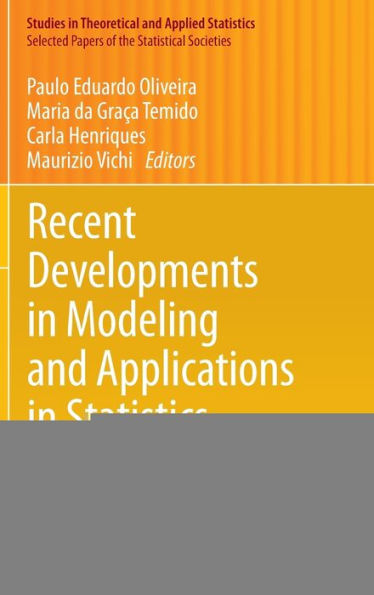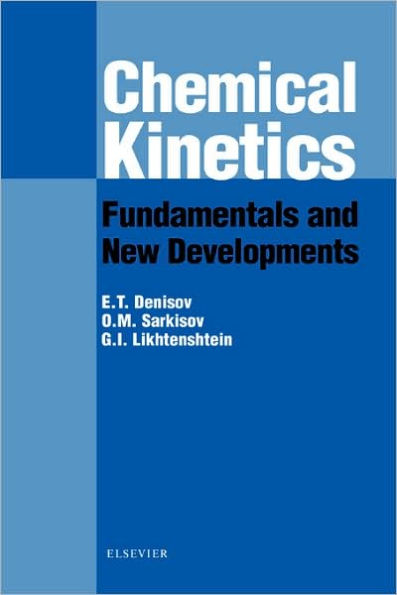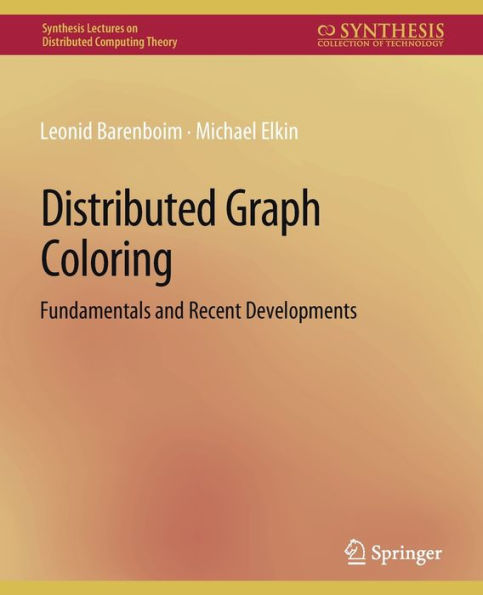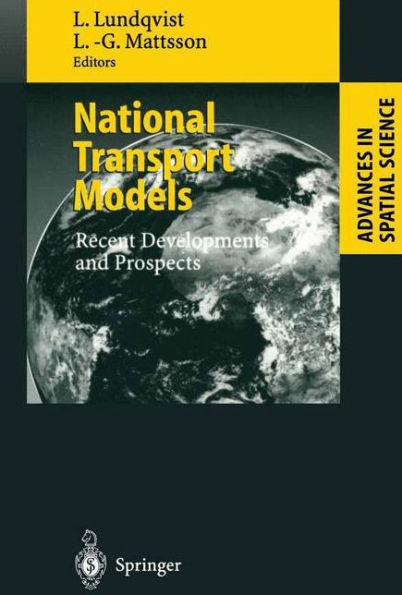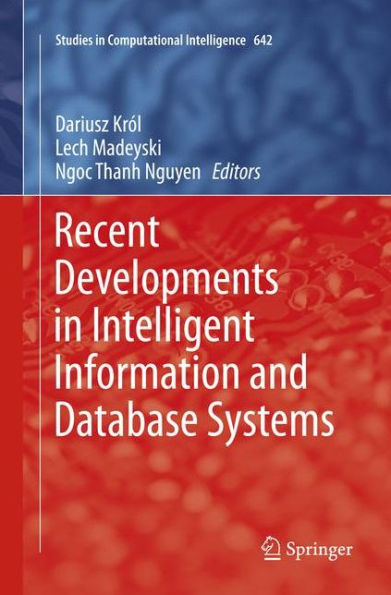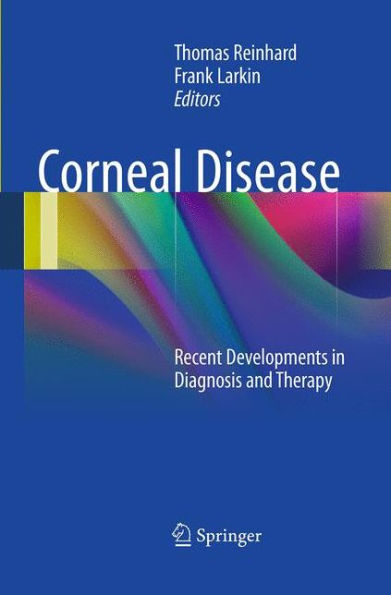Home
Numerical Integration: Recent Developments, Software and Applications
Barnes and Noble
Numerical Integration: Recent Developments, Software and Applications
Current price: $239.00


Barnes and Noble
Numerical Integration: Recent Developments, Software and Applications
Current price: $239.00
Size: Hardcover
Loading Inventory...
*Product information may vary - to confirm product availability, pricing, shipping and return information please contact Barnes and Noble
This volume contains refereed papers and extended abstracts of papers presented at the NATO Advanced Research Workshop entitled 'Numerical Integration: Recent Develop ments, Software and Applications', held at the University of Bergen, Bergen, Norway, June 17-21,1991. The Workshop was attended by thirty-eight scientists. A total of eight NATO countries were represented. Eleven invited lectures and twenty-three contributed lectures were presented, of which twenty-five appear in full in this volume, together with three extended abstracts and one note. The main focus of the workshop was to survey recent progress in the theory of methods for the calculation of integrals and show how the theoretical results have been used in software development and in practical applications. The papers in this volume fall into four broad categories: numerical integration rules, numerical integration error analysis, numerical integration applications and numerical integration algorithms and software. It is five years since the last workshop of this nature was held, at Dalhousie University in Halifax, Canada, in 1986. Recent theoretical developments have mostly occurred in the area of integration rule construction. For polynomial integrating rules, invariant theory and ideal theory have been used to provide lower bounds on the numbers of points for different types of multidimensional rules, and to help in structuring the nonlinear systems which must be solved to determine the points and weights for the rules. Many new optimal or near optimal rules have been found for a variety of integration regions using these techniques.
